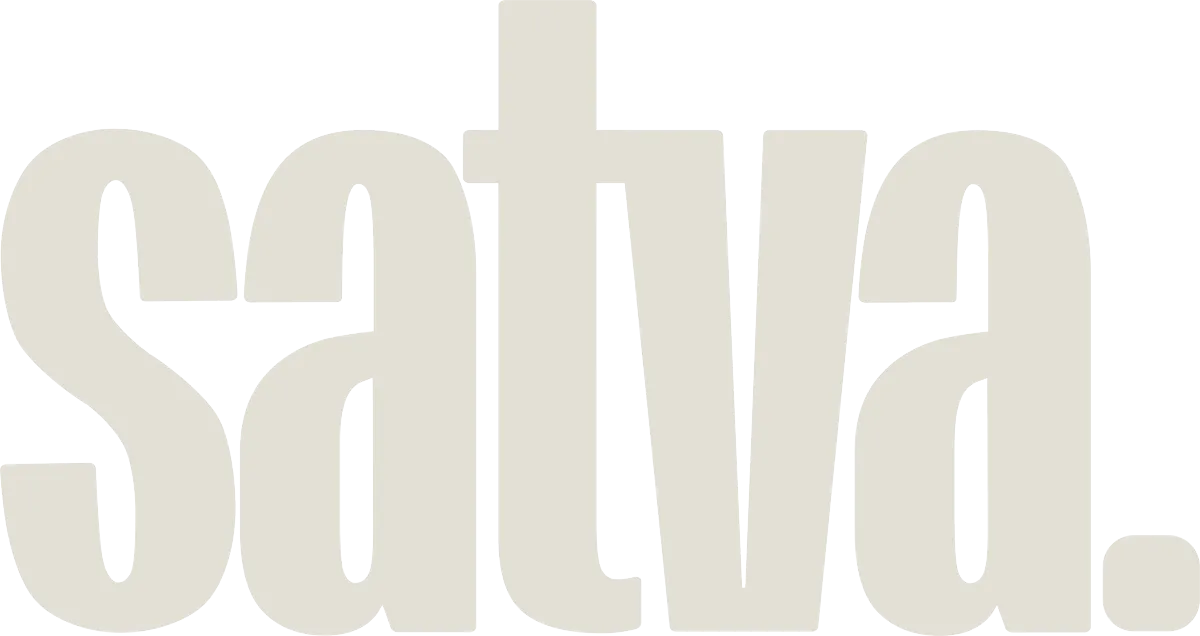
MAKING IT SEAMLESS.
CEO SPOTLIGHT: THE BLOG

Digital Minimalism for Entrepreneurs: How to Detox from Technology Without Losing Productivity
Let’s be honest—being constantly plugged into the digital world can feel overwhelming. As entrepreneurs, especially those of us building personal brands and online businesses, it’s easy to get caught up in the never-ending stream of notifications, emails, and social media updates. While staying connected is important, the truth is: it’s exhausting.
If you’ve been feeling burnt out from all the screen time but still want to keep your business running smoothly, digital minimalism might be the solution you didn’t know you needed. Spoiler alert: It’s not about ditching all tech—it’s about making smarter choices with your digital tools and creating boundaries that allow you to breathe, while still keeping your systems on autopilot.
Ready to detox from technology without sacrificing productivity? Let’s dive into how you can embrace digital minimalism, clear the mental clutter, and set yourself up for a healthier relationship with technology.
Why Digital Minimalism Matters
Let’s face it—technology has infiltrated every part of our lives. We’re surrounded by gadgets and apps that constantly demand our attention. And as entrepreneurs, we often feel the need to be always on to stay ahead of the game. But here’s the tough love: being constantly connected isn’t the key to productivity.
In fact, too much technology can:
Drain your mental energy
Increase stress and anxiety
Prevent you from being fully present in the moment
Lead to burnout and reduced creativity
The solution isn’t to swear off all technology (that’s not realistic), but to find a balance that allows you to run your business effectively while also protecting your mental health and energy.
How to Detox from Tech Without Losing Productivity
Here’s the big question: How do you step away from unnecessary digital distractions and still keep your business running like a well-oiled machine? The answer lies in strategic disconnection and making your systems work for you. Let’s break it down.
1. Audit Your Digital Tools (Cut the Clutter)
The first step to digital minimalism is decluttering your digital life. Think of it like cleaning out your closet—if you’re not using it, it’s just taking up space. It’s time to figure out which tools and apps are actually adding value and which ones are just distractions.
How to implement:
List all your tools and apps: Start by listing every digital tool, app, and subscription you use for your business. Be honest and ask yourself: Does this tool help me be more productive? Or is it just another thing I check out of habit?
Identify unnecessary tools: Get rid of the ones that don’t serve a clear purpose. If you’re using three different project management apps, it’s time to streamline. Choose one tool that does it all (or most), and say goodbye to the rest.
Actionable takeaway: Simplify your digital toolkit. Stick to the essentials and eliminate redundant or unused apps. This will reduce mental clutter and save you time.
2. Automate the Essentials
Here’s the thing about digital minimalism: It doesn’t mean going completely analog. Instead, focus on using technology in ways that actually lighten your workload. That’s where automation comes in. Automating repetitive tasks can save you hours every week, allowing you to step away from your screens without sacrificing productivity.
How to implement:
Automate customer interactions: Use email marketing automation to nurture leads, send follow-ups, and deliver digital products while you’re offline. Tools like automated email sequences, chatbots, and scheduling software can handle the mundane tasks.
Use workflows: If you’re not already using workflow automations, now’s the time to start. Whether it’s onboarding new clients, sending reminders, or tracking payments, automated workflows keep everything moving even when you’re taking a digital break.
Actionable takeaway: Set up automations in your business for tasks like client onboarding, email marketing, and scheduling. This lets you step back while your business keeps running smoothly in the background.
3. Set Digital Boundaries (Yes, You Need Them)
One of the biggest reasons we feel overwhelmed by technology is because we allow it to infiltrate every part of our lives. From the moment we wake up to the last thing before bed, we’re glued to our devices. Setting boundaries is crucial for a digital detox.
How to implement:
Set ‘tech-free’ zones and times: Designate specific areas (like your bedroom or dining room) and times of day (like the first hour after waking up or after dinner) to be completely tech-free. No phones, no laptops, no tablets.
Limit your social media time: Social media can be a black hole of distraction. Set a timer for your social scrolling or use apps like Freedom or StayFocusd to block certain platforms during work hours.
Actionable takeaway: Create tech-free zones and implement time limits on social media to give your brain the rest it needs, without completely disconnecting from your business.
4. Take Regular Digital Detoxes
A full-blown detox doesn’t mean disappearing from the internet forever, but taking regular breaks can reset your mind and increase your focus when you return to work. Think of it as a reset button for your brain.
How to implement:
Schedule detox days: Pick a day (or even a weekend) where you completely disconnect from technology—no emails, no social media, no screens. Use this time to recharge mentally, spend time with loved ones, or focus on hobbies that bring you joy.
Unplug daily: If a full detox day seems too daunting, start by taking mini digital breaks throughout your day. Try a 10-minute walk outside without your phone or dedicate the first hour of your morning to a tech-free routine.
Actionable takeaway: Schedule regular digital detoxes (whether it’s an hour, a day, or a weekend) to unplug from technology and reset your mind. You’ll come back more focused and refreshed.
5. Curate Your Digital Environment
The apps, platforms, and notifications you allow into your life shape your digital environment. By curating your online space to only include what truly serves you, you can cut down on distractions and focus on what really matters.
How to implement:
Turn off unnecessary notifications: Notifications are the ultimate distraction. Go into your phone and app settings and turn off everything that’s not urgent. You don’t need to know about every like or follow in real time.
Unsubscribe and unfollow: Clean up your email inbox by unsubscribing from newsletters that don’t serve you. On social media, unfollow accounts that add to your digital noise and distract you from your goals.
Actionable takeaway: Take control of your digital environment by turning off unnecessary notifications and unfollowing accounts that don’t add value to your life. This keeps your digital space intentional and productive.
6. Replace Mindless Scrolling with Intentional Actions
Mindless scrolling on social media can eat up hours of your time, and let’s be real—it doesn’t make you more productive. Instead of passively consuming content, focus on taking intentional actions that move the needle in your business.
How to implement:
Limit consumption, increase creation: For every 10 minutes of mindless scrolling, challenge yourself to spend at least 10 minutes creating something. Write a social media post, respond to comments, or work on content for your course or clients.
Be intentional with your social media presence: When you do go on social media, have a purpose. Whether it’s engaging with your audience, promoting your services, or sharing valuable content, be mindful of how you’re using the platform.
Actionable takeaway: Cut down on mindless scrolling by setting limits and replacing passive consumption with intentional creation. This shift will make your time online much more valuable.
7. Use Technology to Enhance, Not Distract
At the end of the day, technology is a tool—and like any tool, it’s only as useful as the way you use it. The key to digital minimalism is using technology to enhance your productivity, not to distract from it.
How to implement:
Batch tasks: Use scheduling apps to batch content, emails, and social media posts all at once, so you can step away from your screens without missing a beat.
Leverage time-tracking apps: Tools like Toggl or RescueTime help you see where your digital time goes, so you can identify (and eliminate) time-wasting habits.
Actionable takeaway: Use tech strategically by batching tasks and tracking your time. This way, your technology works for you, not the other way around.
Final Thoughts: Detoxing from Technology Doesn’t Mean Disconnecting from Success
In a world where we’re constantly bombarded with digital distractions, embracing digital minimalism is a radical act of self-care. The beauty of this approach? You don’t have to sacrifice productivity to take control of your tech use. In fact, with the right systems and strategies in place, you’ll find that stepping away from unnecessary tech actually boosts your efficiency and focus.
So, start detoxing today. It’s time to create boundaries, declutter your digital life, and take back control over your tech use. Your business (and your brain) will thank you.
